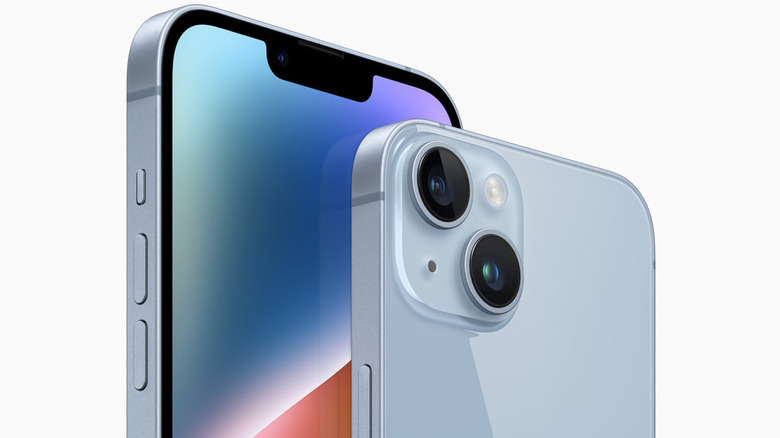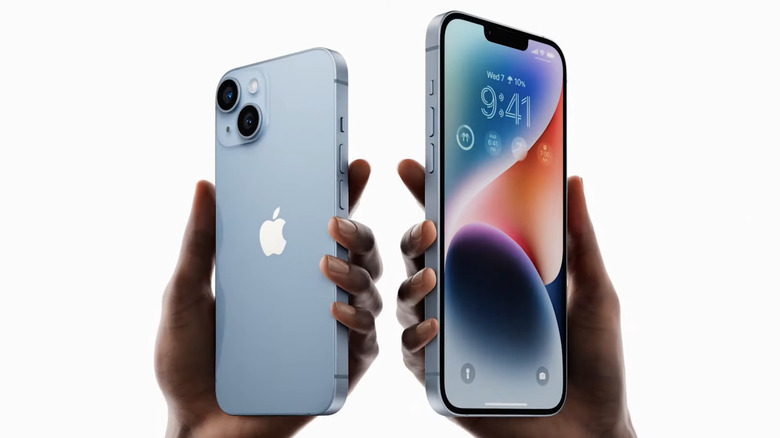iPhone 14 Kills The SIM Tray In The US: Why That Could Be A Nightmare
Apple is finally going all-in with the eSIM technology with the iPhone 14 lineup made official at Apple's Far Out event today. For folks in the U.S. who are willing to splurge on the iPhone 14 or iPhone 14 Pro, they will no longer get handsets that feature a physical SIM card. Apple says eSIM usage has skyrocketed in the past few years in its home market, and it's the same trend that inspired the company to do away with the physical SIM slot.
The company notes that the iPhone 14's eSIM facility has already onboarded support from all major carriers like AT&T, T-Mobile, and Verizon, among others. For folks unaware of the tech, an eSIM system doesn't need the plastic-and-metal SIM card for storing network configuration data and latching on to the supported carrier's cellular airwaves. Instead, there is a chip embedded right in the device, which is non-user-removable.
However, the data stored on an eSIM is rewritable, which means you can always switch carriers without having to go through the hassle of getting a new physical SIM from your new carrier. Depending on the carrier, all you need is a few calls or online tech support guidance, and the eSIM carrier switch will happen without users having to leave their homes. Starting at $799, the iPhone 14 models will allow users to save multiple eSIM configuration profiles on the same device.
The change is very controversial
Apple says users can store multiple eSIM profiles on an iPhone, and they won't need a Wi-Fi signal to handle the switching process, with all transfers (including carrier plans) happening digitally. eSIM is a godsend for folks hoping to run two mobile numbers, one each dedicated for personal and business use. While traveling overseas, it makes the process of getting a temporary local carrier connection much easier. However, it is unclear if Apple will extend the eSIM-only policy to other markets, especially in Asia where dual-SIM iPhone models have been popular for a while.
From a hardware perspective, the lack of a physical SIM also means there are fewer moving parts. An OEM no longer needs to fiddle with rubber gaskets and other contraptions to keep dust and water away from a SIM slot. Another advantage is slightly more internal space for other innards, which can now be used for adding in a slightly larger battery or more efficient heat sink.
But there are a few risks, too. A physical SIM can store your contacts, but a damaged or bricked eSIM-only phone means your contact data is hard to recover unless backed up in the cloud. Conversely, if your cloud account gets hacked, you simply can't walk away anymore by just taking out your physical SIM card. Moreover, if you're concerned about surveillance and location privacy, an eSIM doesn't instill as much confidence as a physical SIM that can be popped in and ditched with ease.

